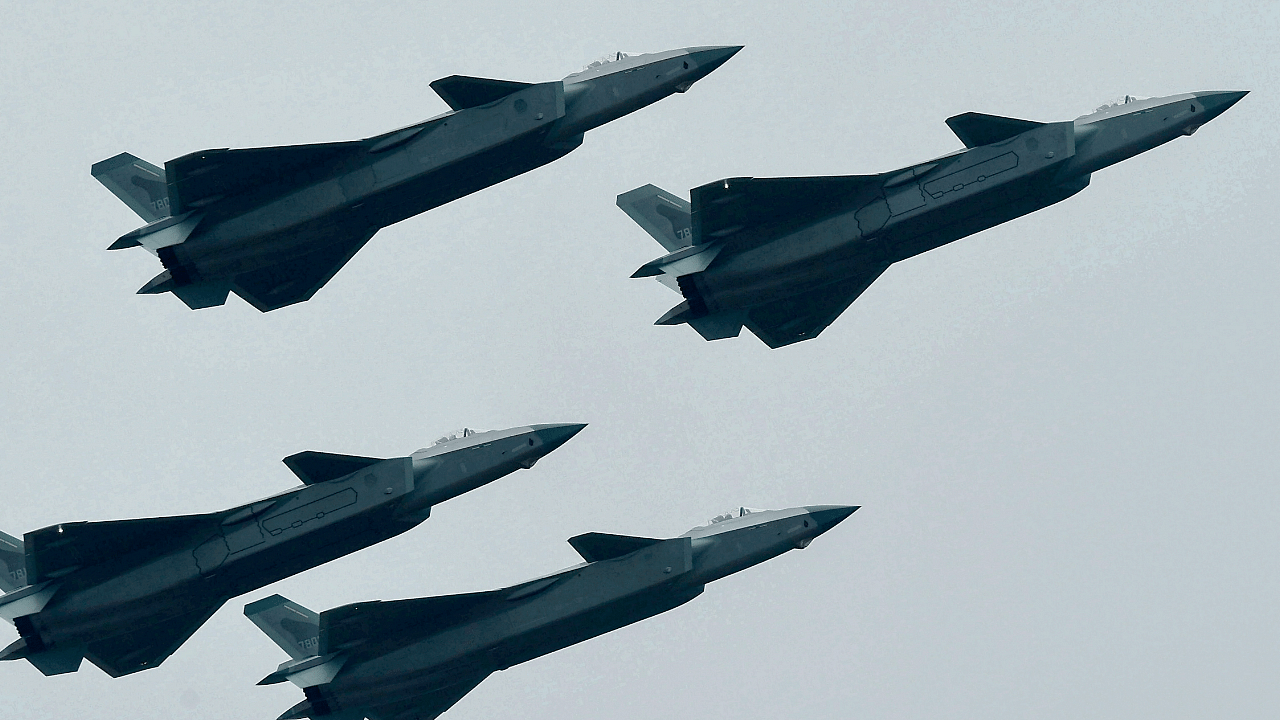
South Korea's military said it scrambled fighter jets as two Chinese and six Russian warplanes entered its air defence zone on Wednesday.
The two Chinese H-6 bombers repeatedly entered and left the Korea Air Defence Identification Zone (KADIZ) off South Korea's southern and northeast coasts starting at around 5:50 am. (2050 GMT Tuesday), Seoul's Joint Chiefs of Staff (JCS) said.
They re-entered the zone hours later from the Sea of Japan, known in South Korea as the East Sea, together with the Russian warplanes, including TU-95 bombers and SU-35 fighter jets, and left after 18 minutes in the KADIZ, the JCS said.
"Our military dispatched air force fighter jets ahead of the Chinese and Russian aircraft's entry of the KADIZ to implement tactical measures in preparation for a potential contingency," the JCS said in a statement.
The planes did not violate South Korea's airspace, it said.
An air defence zone is an area where countries demand that foreign aircraft take special steps to identify themselves. Unlike a country's airspace - the air above its territory and territorial waters - there are no international rules governing air defence zones.
Moscow does not recognise Korea's air defence zone. Beijing said the zone is not territorial airspace and all countries should enjoy freedom of movement there.
Japan's Air Self Defence Force also scrambled fighter jets after the Chinese bombers flew from the East China Sea into the Sea of Japan, where they were joined by two Russian drones, Tokyo's defence ministry later said in a press release.
China and Russia have previously said their warplanes were conducting regular joint exercises.
In August, the JCS reported Russian warplanes entering the KADIZ, three months after Chinese and Russian aircraft made an incursion in May that was the first after South Korean President Yoon Suk-yeol took office.
In 2019, South Korean warplanes fired hundreds of warning shots toward Russian military aircraft when they entered the KADIZ during a joint air patrol with China.